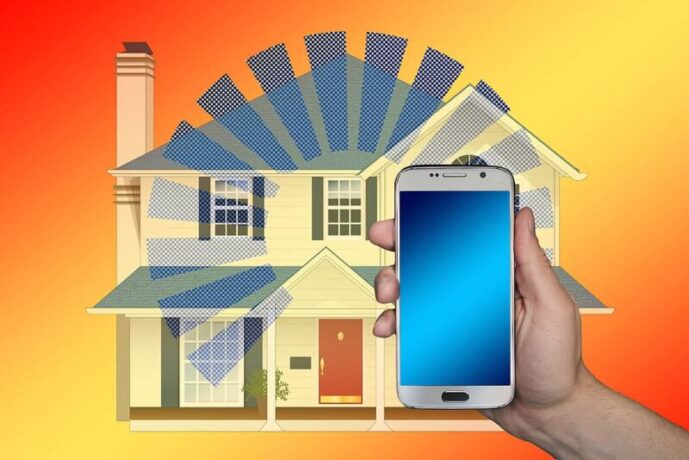Advancements in technology have transformed the way we interact with our homes, and one area that continues to evolve is home automation. While traditional smart home systems rely on visible devices and interfaces, a new frontier is emerging in the form of microscopic Android-enabled home automation. This cutting-edge technology harnesses the power of tiny, intelligent sensors and devices to create a seamless and intuitive home automation experience. In this article, we will delve into the fascinating world of microscopic Android-related home automation and explore its potential benefits.
The Microscopic Revolution
Microscopic Android-related home automation refers to the integration of miniature sensors, actuators, and microcontrollers that are powered by Android-based platforms. These microscopic devices are capable of wirelessly communicating with each other, as well as with larger smart home systems, to automate various aspects of our living spaces.
Enhanced Sensing Capabilities
One of the primary advantages of microscopic Android-enabled home automation is its ability to gather detailed data about our homes. These tiny sensors can monitor a wide range of parameters, including temperature, humidity, light levels, motion, and even air quality. This wealth of information enables homeowners to make informed decisions about energy usage, security, and overall comfort.
Intelligent Automation

Microscopic Android-enabled devices are not just passive sensors; they possess intelligent capabilities that allow them to respond to the collected data. By analyzing environmental conditions, these devices can autonomously trigger actions, such as adjusting thermostats, activating lighting systems, or opening and closing window blinds. This intelligent automation leads to increased energy efficiency, improved comfort, and enhanced security within our homes.
Seamless Integration with Android Ecosystem
Microscopic Android-related home automation seamlessly integrates with the larger Android ecosystem, providing homeowners with a familiar and user-friendly interface. Through smartphones, tablets, or voice-controlled devices, users can effortlessly control and monitor their microscopic smart home devices. The familiar Android interface makes it easier for users to interact with their smart home systems and access features like scheduling, remote control, and notifications.
Expanded Possibilities through App Development
The microscopic Android ecosystem opens up exciting possibilities for developers to create innovative applications. With access to the Android platform, developers can design custom apps that allow users to personalize and fine-tune their home automation experiences. These apps can provide advanced analytics, automation logic, and even integration with other smart home devices and services.
Privacy and Security Considerations
As with any emerging technology, privacy and security are important considerations. Manufacturers and developers must prioritize robust security measures to protect user data and prevent unauthorized access. Encrypting communications, implementing secure authentication protocols, and regular firmware updates are vital to ensure a secure home automation ecosystem.
Conclusion
Microscopic Android-enabled home automation represents a fascinating frontier in the evolution of smart homes. Through tiny, intelligent sensors and devices, homeowners can achieve enhanced comfort, energy efficiency, and security. The seamless integration with the Android ecosystem, coupled with the potential for custom app development, offers users a user-friendly and personalized home automation experience. As this technology continues to advance, we can look forward to a future where our homes are intelligently interconnected at the microscopic level, making our lives more convenient, efficient, and comfortable.

